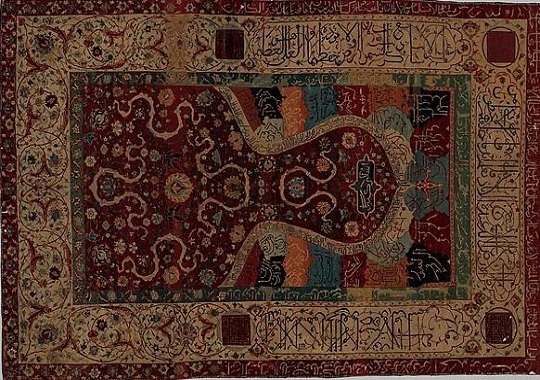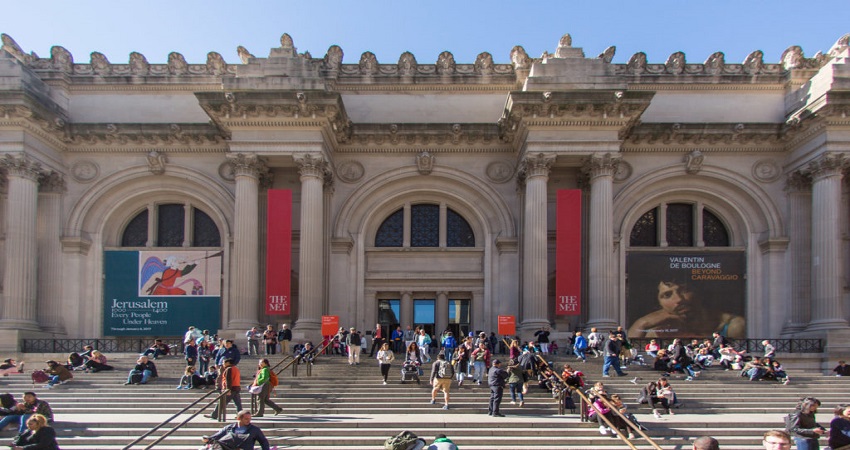Metropolitan Museum

Hermitage Museum
March 8, 2020
Ashmolean Museum
March 9, 2020Metropolitan Museum
The Metropolitan Museum of Art of New York City, conversationally “the Met”, is the largest art museum in the United States. The Met presents over 5000 years of art from around the world for everyone to experience and enjoy.
Ancient Iran is a constant fixture of the world’s leading museums, and the New York Metropolitan Museum is no exception. This Museum contains a large and rare collection of ancient Iran and Islam history. Some of Iran‘s most famous antiquities in this Museum are as follow:
Kneeling bull holding a spouted vessel
This small silver bull, clothed in a robe decorated with a stepped pattern and holding a spouted vessel, shows a curious blend of human and animal traits. Representations of animals in human postures were common in Proto-Elamite art.
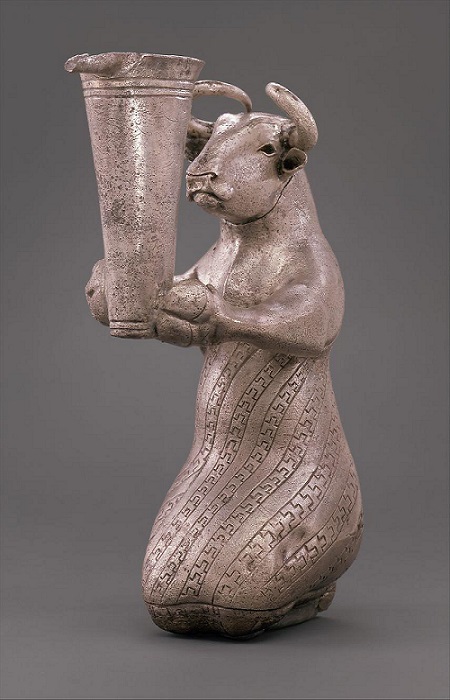
Vessel terminating in the forepart of a fantastic leonine creature
Horn-shaped vessels ending in an animal’s head have a long history in the Near East as well as in Greece and Italy. Early Iranian examples are straight, with the cup and animal head in the same plane.
Later, in the Achaemenid period, the head, or animal promote, was often placed at a right angle to the cup, as in this piece.
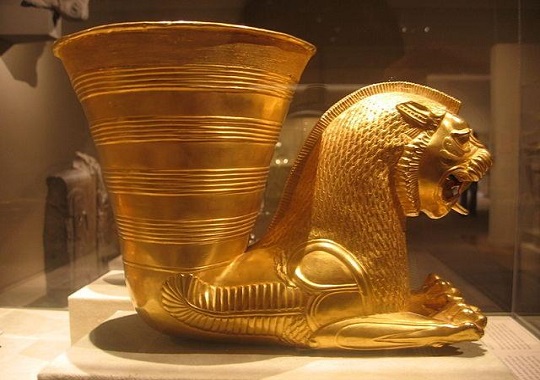
Fluted bowl:
This fluted bowl is related to the Achaemenid Persian dynasty which has 11.1 cm in height. At the top of this bowl, there is a circular inscription carved with three cuneiform handwriting; Persian, Elamite, and Babylonian. The text of this inscription is Darius the Great King.
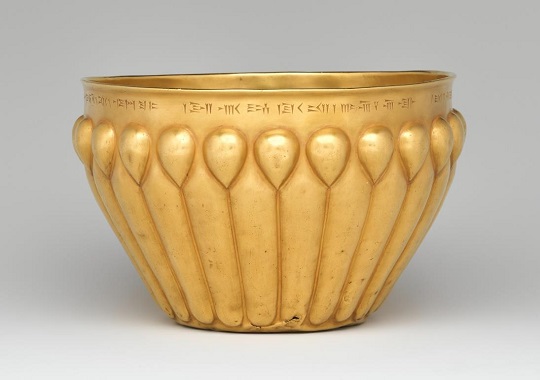
Classical Safavid Persian Carpets:
The exhibition of museum features six small Iranian carpets of the 16th and 17th centuries from the period of Shah Abbas the Great, which are made of silk and precious metal thread. Opulent weaving of this type decorated palaces in Isfahan, to the amazement of European visitors.
